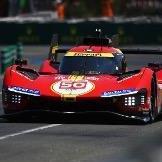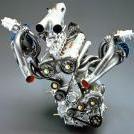Ferrari 488 Spider 2015
-
Contenuti simili
-
Ferrari Roma Spider 2023 1 2 3 4 9
Pubblicato da ale75,
- ferrari ufficiale
- roma spider 2023
- (e 5 altri in più)
- 88 risposte
- 16740 visite
-
Ferrari 499P Modificata 2023 1 2 3 4
Pubblicato da Osv,
- 499p modificata
- modificata
- (e 5 altri in più)
- 30 risposte
- 6071 visite
-
- 19 risposte
- 7620 visite
-
-
-





















Messaggi Raccomandati:
Crea un account o accedi per lasciare un commento
Devi essere iscritto per commentare e visualizzare le sezioni protette!
Crea un account
Iscriviti nella nostra community. È facile!
Registra un nuovo accountAccedi
Sei già registrato? Accedi qui.
Accedi Ora